Growing Geriatric Population
The increasing geriatric population is a significant driver for the Thrombus Treatment Market. As individuals age, the risk of thrombotic events escalates due to various factors such as decreased mobility and the presence of comorbidities. According to demographic studies, the proportion of individuals aged 65 and older is projected to rise substantially in the coming decades, leading to a higher incidence of thrombus-related conditions. This demographic shift necessitates the development of specialized treatment protocols tailored to the needs of older patients. Healthcare providers are thus compelled to enhance their thrombus treatment offerings to cater to this vulnerable population. Consequently, the market is likely to expand as more resources are allocated towards research and development of age-appropriate therapies, ensuring that the needs of the aging population are adequately addressed.
Advancements in Medical Technology
Technological advancements in medical devices and treatment methodologies are significantly influencing the Thrombus Treatment Market. Innovations such as minimally invasive procedures, advanced imaging techniques, and robotic-assisted surgeries are transforming the way thrombus-related conditions are diagnosed and treated. For instance, the introduction of catheter-based thrombectomy devices has shown promising results in improving patient outcomes. According to industry reports, the market for thrombectomy devices is projected to grow at a compound annual growth rate of over 8% in the coming years. These advancements not only enhance the efficacy of treatments but also reduce recovery times, thereby attracting more patients to seek timely interventions. As technology continues to evolve, it is expected that the thrombus treatment market will witness further growth driven by these cutting-edge solutions.
Increased Awareness and Screening Programs
The growing awareness regarding thrombotic conditions and the importance of early detection is a crucial driver for the Thrombus Treatment Market. Public health initiatives and educational campaigns have been instrumental in informing individuals about the risks associated with thrombus formation. As a result, there has been a notable increase in screening programs aimed at identifying at-risk populations. For instance, the implementation of routine screening for deep vein thrombosis in high-risk patients has become more prevalent. This proactive approach not only aids in early diagnosis but also encourages timely treatment, thereby expanding the market for thrombus therapies. Furthermore, healthcare systems are increasingly recognizing the economic benefits of early intervention, which may lead to reduced healthcare costs in the long run. This trend is likely to bolster the demand for thrombus treatment options.
Regulatory Support for Innovative Therapies
Regulatory bodies are playing a pivotal role in shaping the Thrombus Treatment Market by providing support for the development and approval of innovative therapies. Recent initiatives aimed at expediting the approval process for new anticoagulants and thrombolytic agents have encouraged pharmaceutical companies to invest in research and development. For example, the introduction of fast-track designations for promising new treatments has led to a surge in clinical trials focused on thrombus management. This regulatory environment fosters innovation and enhances competition within the market, ultimately benefiting patients with more treatment options. As regulatory frameworks continue to evolve, it is anticipated that the thrombus treatment market will experience accelerated growth, driven by the introduction of novel therapies that address unmet medical needs.
Rising Incidence of Cardiovascular Diseases
The increasing prevalence of cardiovascular diseases is a primary driver for the Thrombus Treatment Market. As per recent data, cardiovascular diseases account for a substantial portion of global mortality rates, leading to heightened demand for effective thrombus treatments. The World Health Organization indicates that these diseases are responsible for approximately 31% of all deaths worldwide. This alarming statistic underscores the urgency for innovative treatment options, thereby propelling the thrombus treatment sector forward. Furthermore, the aging population is more susceptible to thrombotic events, which further amplifies the need for advanced therapeutic solutions. Consequently, healthcare providers are increasingly investing in research and development to address this growing health crisis, which is likely to enhance the market landscape for thrombus treatments.


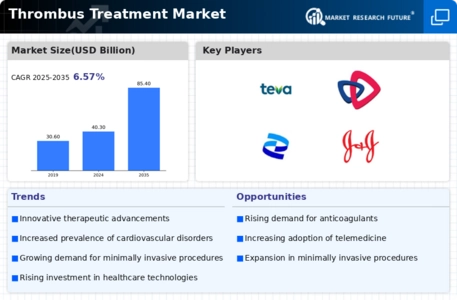
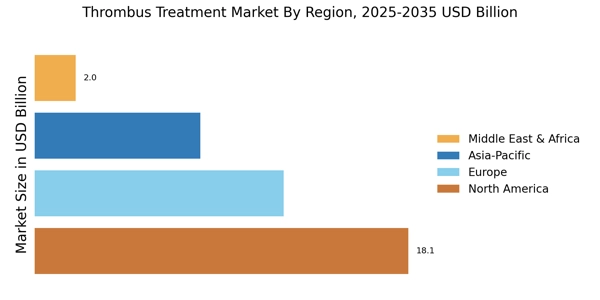
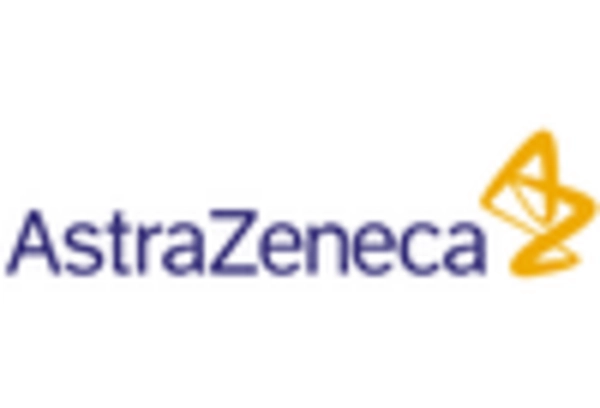

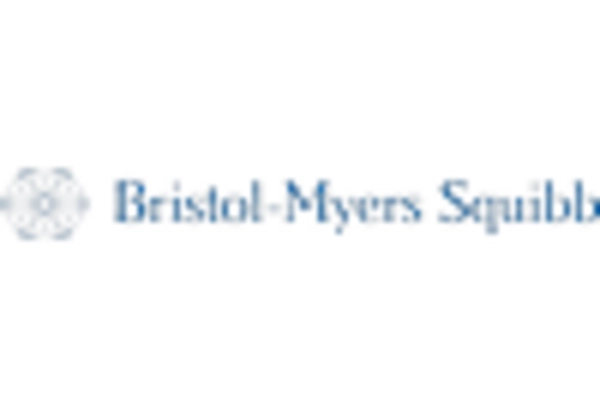

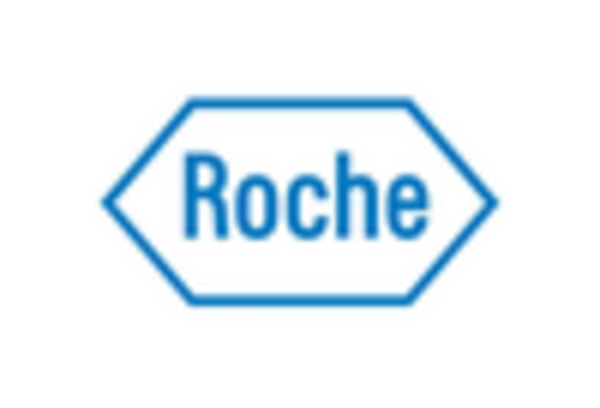
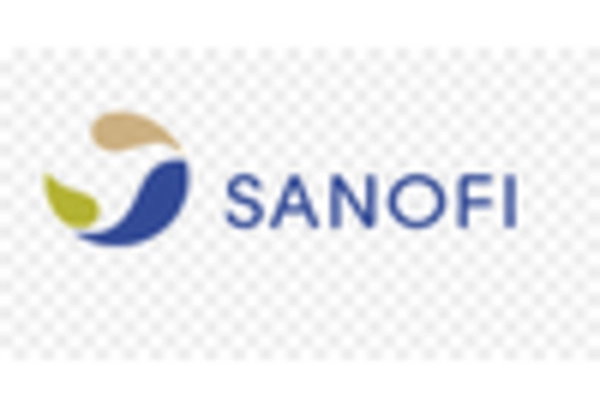








Leave a Comment